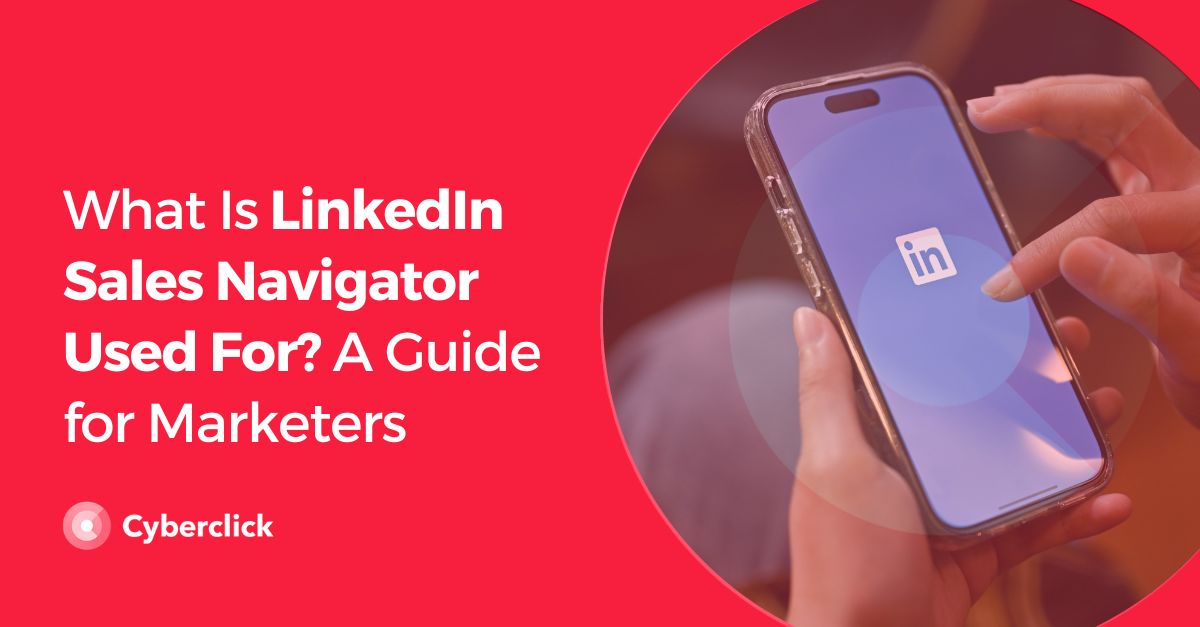Zero-party data refers to information that a user intentionally and proactively shares with a brand. Unlike first-party data, which is collected through user behavior on websites or apps, or third-party data, which is aggregated from various sources, zero-party data is explicitly provided by the consumer and can be used to improve marketing actions.

The Importance of Zero-Party Data in Today’s Marketing Landscape
Concerns about data privacy and consumer trust have become increasingly important. As regulations tighten and third-party cookies phase out, marketers are turning to more transparent and ethical ways to collect consumer data. One such method is through the use of zero-party data. This type of data collection not only respects user privacy but also enhances personalization efforts, leading to more meaningful interactions between brands and consumers.
It can include preferences, interests, feedback, and personal information, all of which are voluntarily shared. The key characteristic of zero-party data is that it is willingly given by the consumer, often in exchange for better services, personalized content, or exclusive offers. This not only builds trust but also allows brands to tailor their marketing efforts more precisely to individual consumer preferences.
Let's take a closer look at why zero-party data is becoming increasingly important.
Data Privacy Compliance
With regulations like the General Data Protection Regulation (GDPR) in Europe and the California Consumer Privacy Act (CCPA) in the United States, companies face stringent requirements regarding data collection and usage. Zero-party data is inherently compliant with these regulations because it is collected directly from the consumer with explicit consent. This reduces the risk of non-compliance and helps brands maintain trust with their audience.
Enhanced Personalization
Personalization is a key driver of consumer engagement and loyalty. Zero-party data allows brands to go beyond generic personalization by providing insights into what consumers really want. Because this data is self-reported, it’s highly accurate and relevant, enabling brands to create more tailored and effective marketing strategies.
Building Consumer Trust
Trust is a critical factor in modern marketing. When consumers feel that a brand respects their privacy and uses their data responsibly, they are more likely to engage with that brand. By collecting data transparently and using it to improve the customer experience, brands can strengthen their relationship with consumers and build long-term trust and loyalty.
Future-Proofing Marketing Strategies
As third-party cookies continue to be phased out by major browsers, marketers are searching for new ways to gather insights without relying on external data sources. Zero-party data offers a sustainable solution that doesn’t depend on cookies or third-party tracking, making it an essential component of future-proof marketing strategies.
How Zero-Party Data Works
Zero-party data collection is straightforward but requires careful planning and execution to be effective. Here’s how brands can collect and use zero-party data.
1. Create Opportunities for Data Sharing
The first step in collecting zero-party data is to create opportunities for consumers to willingly share their information. This can be done through:
- Interactive Content: Quizzes, polls, and surveys that engage users and encourage them to provide feedback and information about their likes, dislikes, or specific needs or preferences.
- Personalized Onboarding: When a user signs up for a service, asking them about their preferences, interests, or goals can help tailor their experience from the start.
- Preference Centers: Allow users to customize their communication preferences, choosing what types of emails, offers, or content they want to receive.
2. Incentivize Data Sharing
To encourage consumers to share their data, always give them something of clear value in exchange for their data, whether it’s through personalization, rewards, or improved services, such as:
- Exclusive Offers: Discounts, freebies, or early access to products for users who share their preferences.
- Personalized Content: Providing personalized recommendations, articles, or content based on the data shared by the user.
- Loyalty Programs: Rewarding customers with points or perks for sharing information that enhances their experience.
3. Ensure Transparency and Control
Transparency is crucial when collecting zero-party data. Protect the data you collect with robust security measures to prevent breaches and maintain trust. Consumers should know exactly what data is being collected, how it will be used, and how they can control it. This can be achieved by:
- Clear Communication: Clearly explaining the benefits of sharing data and how it will improve their experience.
- Data Control Options: Allowing users to update or delete their data easily through account settings or preference centers.
- Privacy Policies: Providing easy access to privacy policies that outline how data will be managed and protected.
4. Utilize Data for Personalization
Once collected, zero-party data should be used to enhance personalization efforts, helping users feel that they've benefited from the collection of this data. This can involve:
- Tailored Recommendations: Using data to suggest products, services, or content that align with the consumer’s preferences.
- Customized Marketing Campaigns: Creating targeted email campaigns, ads, or messages that resonate with the individual’s interests.
- Improved Customer Experience: Enhancing the overall customer journey by offering relevant and personalized experiences based on the data provided.
By allowing brands to collect and use data that consumers willingly share, zero-party data provides a powerful way to increase personalization, build trust, and stay compliant with data privacy regulations. As the digital landscape continues to evolve, adopting this type of strategy can help brands create more meaningful connections and ultimately drive better results.
Responsable de Relación con los Clientes de Cyberclick
Responsible for Cyberclick Customer Relationship.



.png)

Leave your comment and join the conversation